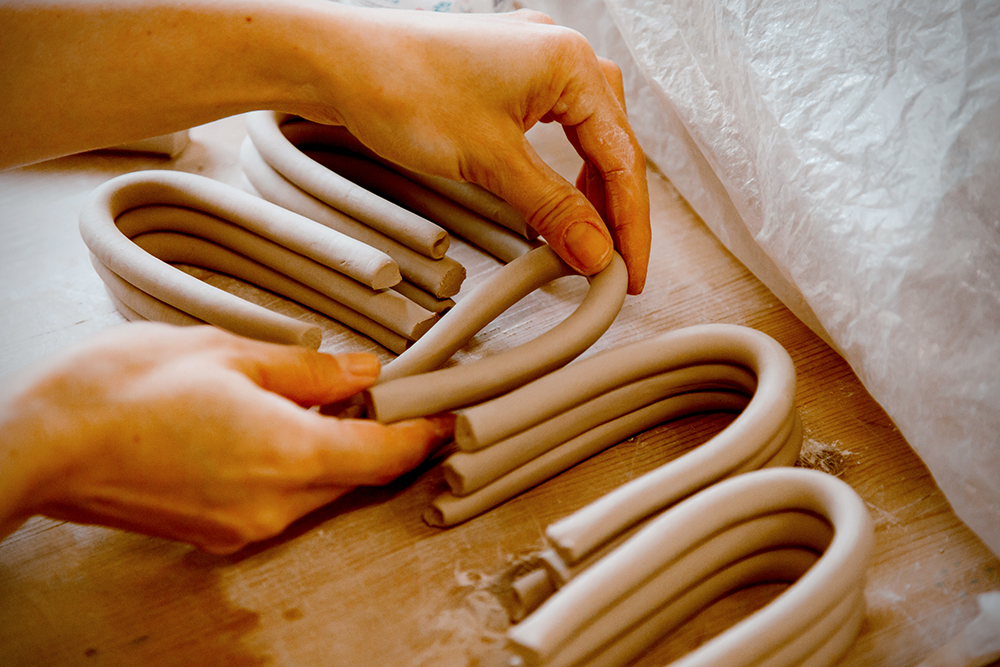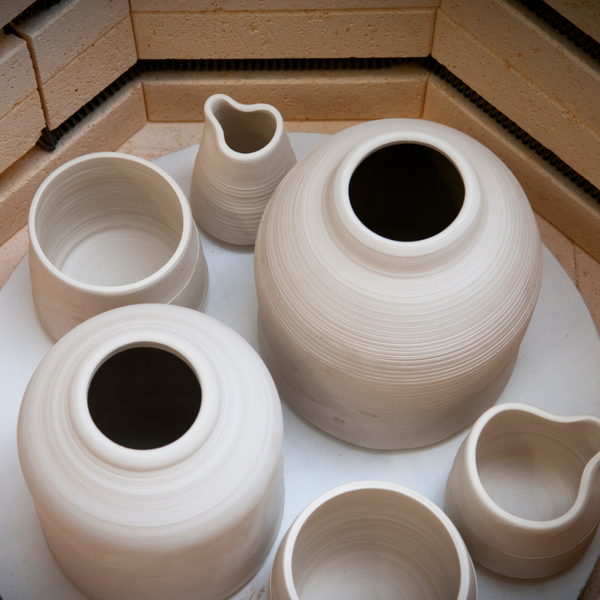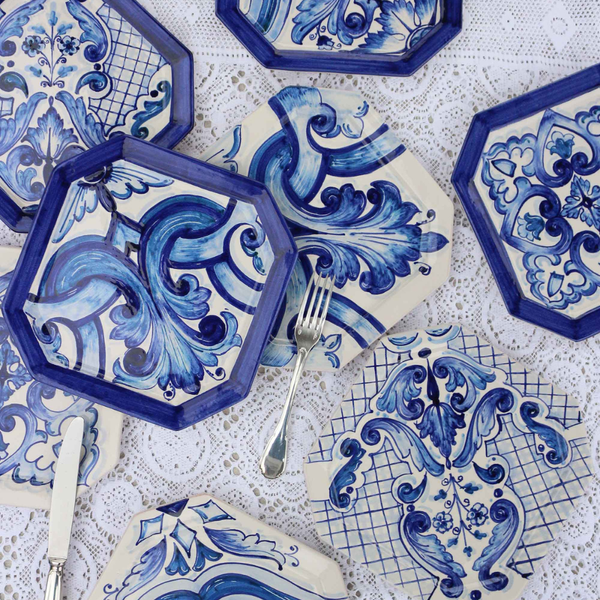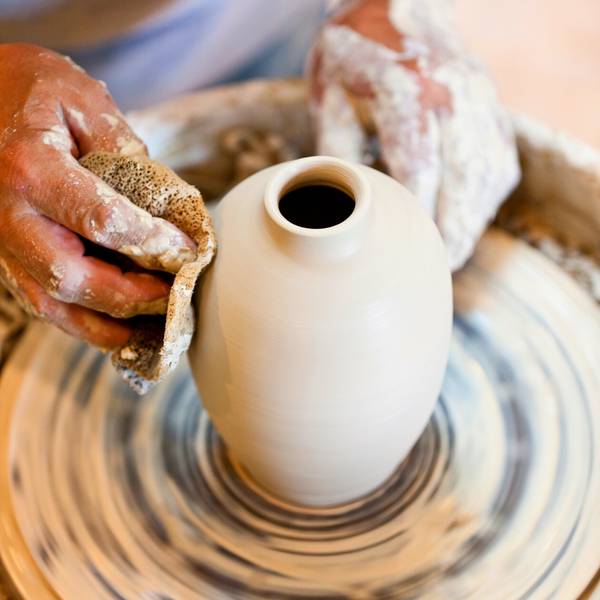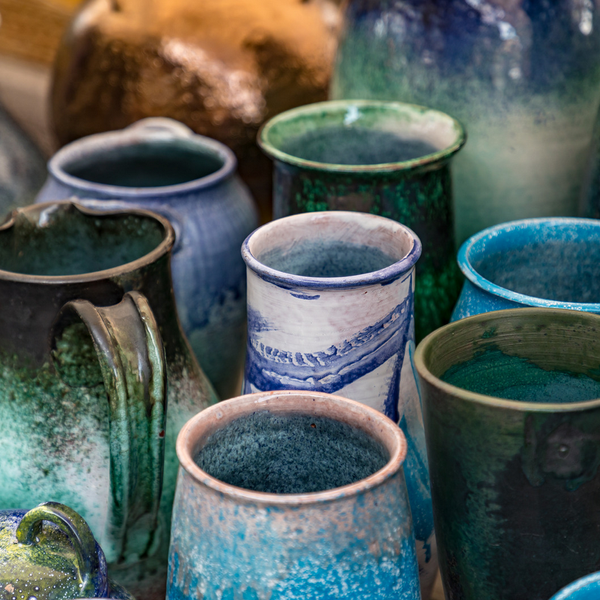Embarking on a pottery journey can be as daunting as it is exhilarating; hand building is a tactile and rewarding experience.
For beginners, the sheer variety of clays available can seem overwhelming.
For seasoned potters, it's a quest to find the perfect clay that complements your skill and vision.
In this expedition, we dive deep into the heart of earthy treasures—clays for hand-building—and discover the nuances that can transform your creation from a mere vessel to a work of art.
Whether you're a beginner enamored by the prospect of molding clay into shape or a seasoned ceramic artist fine-tuning your craft, the type of clay you choose sets the foundation for your creations.
No matter if you're dreaming of sculpting a masterpiece or just yearning to craft your own coffee mug, the right clay is the bedrock of any successful pottery project.
This comprehensive guide dives into the world of hand building clay, ensuring that you select the perfect medium to bring your ceramic fantasies to life.
In pottery, clay is not just clay.
It's the universe of material possibilities that can shape everything from simple pinch pots to elaborate sculptures.
Let's explore each type of clay, their characteristics, and how to hand build with them effectively.
Key Takeaways:
- Understanding the differences between clay types is essential for successful hand building.
- The right clay body depends on the desired firing temperature, texture, and durability of the finished piece.
- Preparation of clay, including wedging to eliminate air bubbles, is a key step in the hand building process.
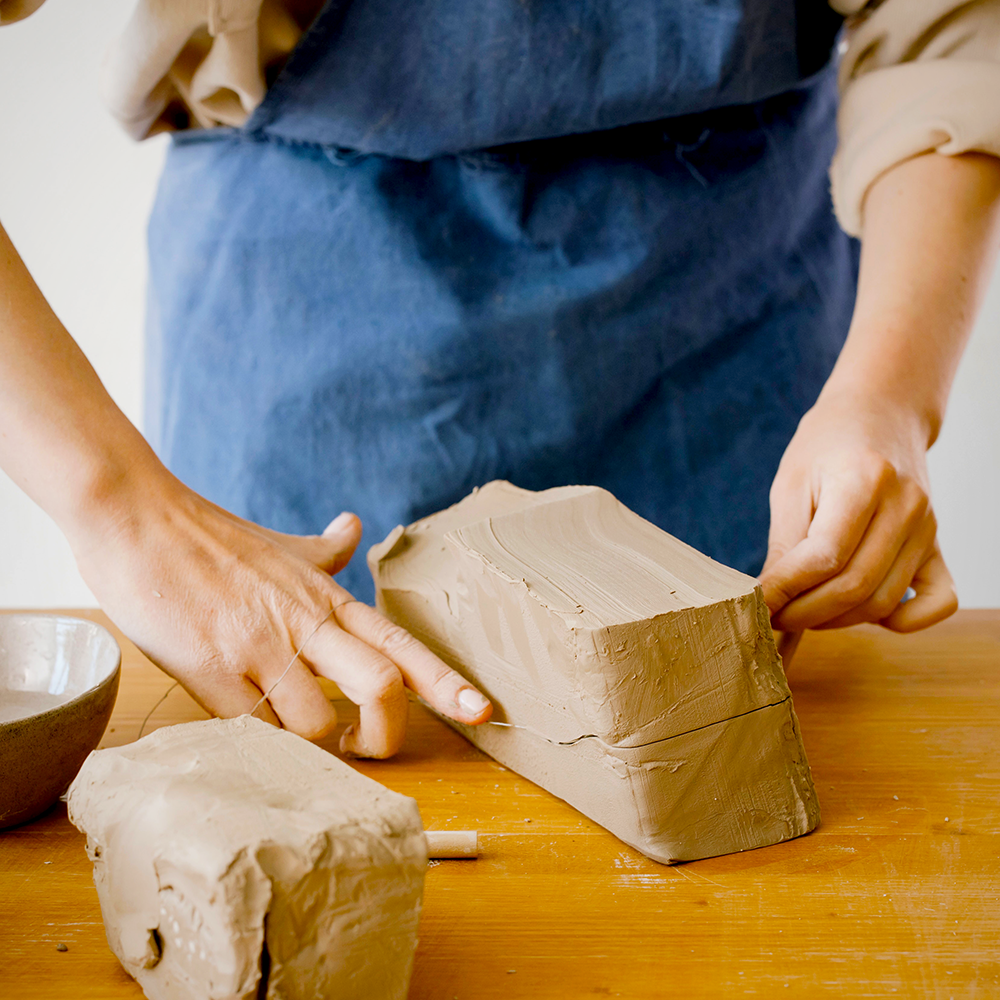
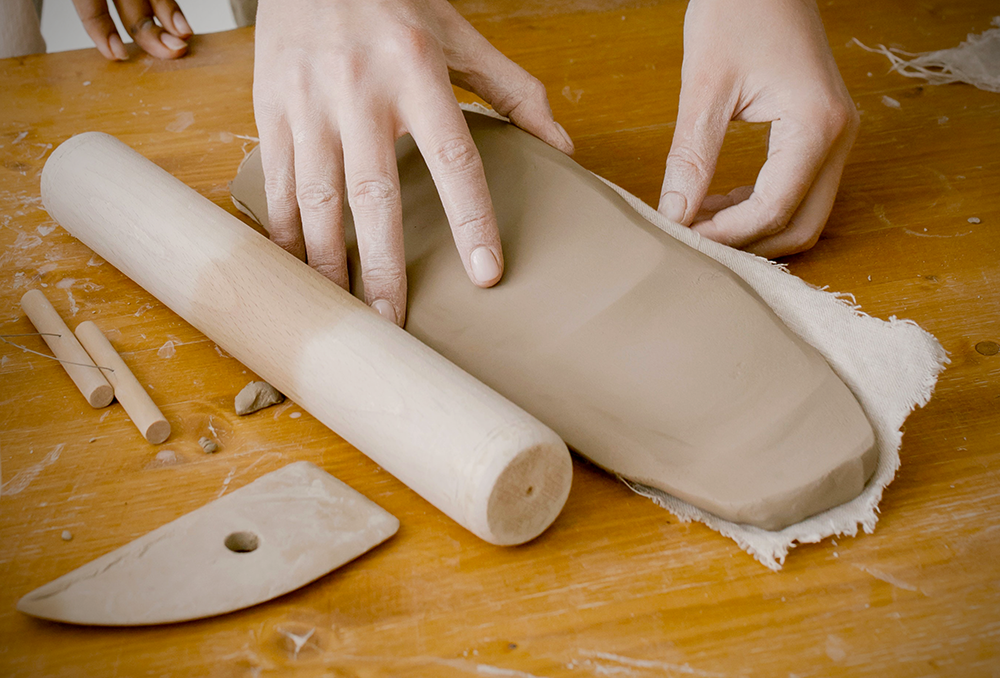
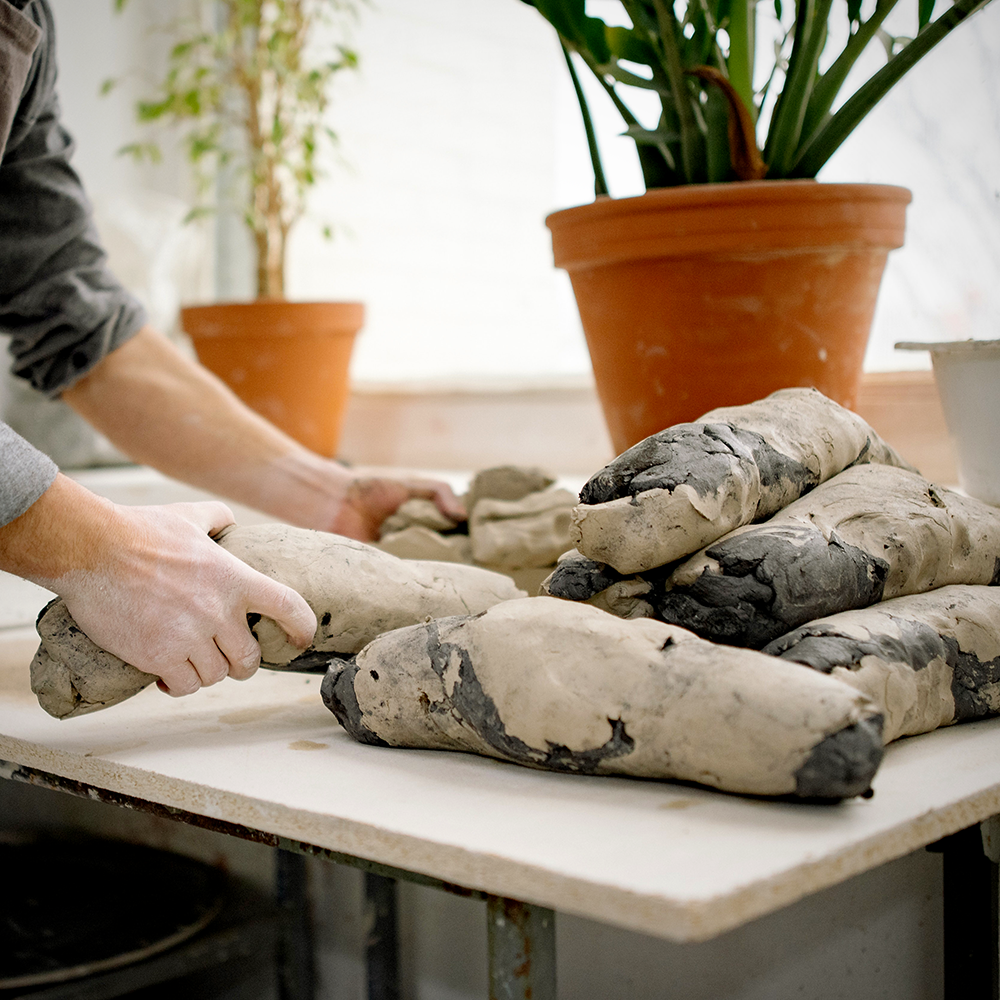
Understanding Clay Bodies for Hand Building
Handbuilding with clay is an ancient and rewarding form of artistic expression.
Whether you're a seasoned potter or a beginner eager to mold your first creation, understanding the different types of clay and their properties is crucial.
When embarking on the handbuilding pottery process, the first question that arises is: what clay do you use?
The answer lies in the variety of clay bodies available, each with unique characteristics.
Clay bodies are essentially mixtures of clay particles and other materials that affect their texture, color, and firing temperature.
Different clay bodies are designed for specific pottery techniques and outcomes.
For hand building, you want a clay that is plastic enough to shape but also sturdy enough to hold its form.
This balance is found in clays like earthenware, stoneware, and porcelain, which are commonly used for making functional pottery without the need for a pottery wheel.
Low Fire Clay: Earthenware and Its Uses
Low fire clay, particularly earthenware clays, is a popular choice for hand building due to its workability and lower firing temperature ranges.
Typically fired between 1828°F and 1945°F, earthenware is an accessible option for those with electric kilns. It's great for making pottery like shallow dishes, decorative pieces, and planters.
Earthenware's porous nature means it absorbs water, which can be advantageous when attaching pieces using the slip and score method.
However, it's less chip resistant than other clays, so it's not always the best pottery clay for items that require more durability, like a coffee mug that will be hand washed frequently.
High Fire Clay: Stoneware and Porcelain
For those seeking durability and a high-quality finish, high fire clay bodies like stoneware and porcelain clay are the go-to materials.
Stoneware clay, fired at temperatures between 2150°F and 2336°F, is known for its strength and chip resistance.
It's ideal for making functional pieces that need to be food safe and withstand daily use.
Porcelain clay, on the other hand, offers a pristine white finish and is often used for its elegant and translucent qualities.
With a firing temperature in the mid fire range, it requires a kiln that can reach high temperatures, but the result is a high-end ceramic piece that is both beautiful and durable.


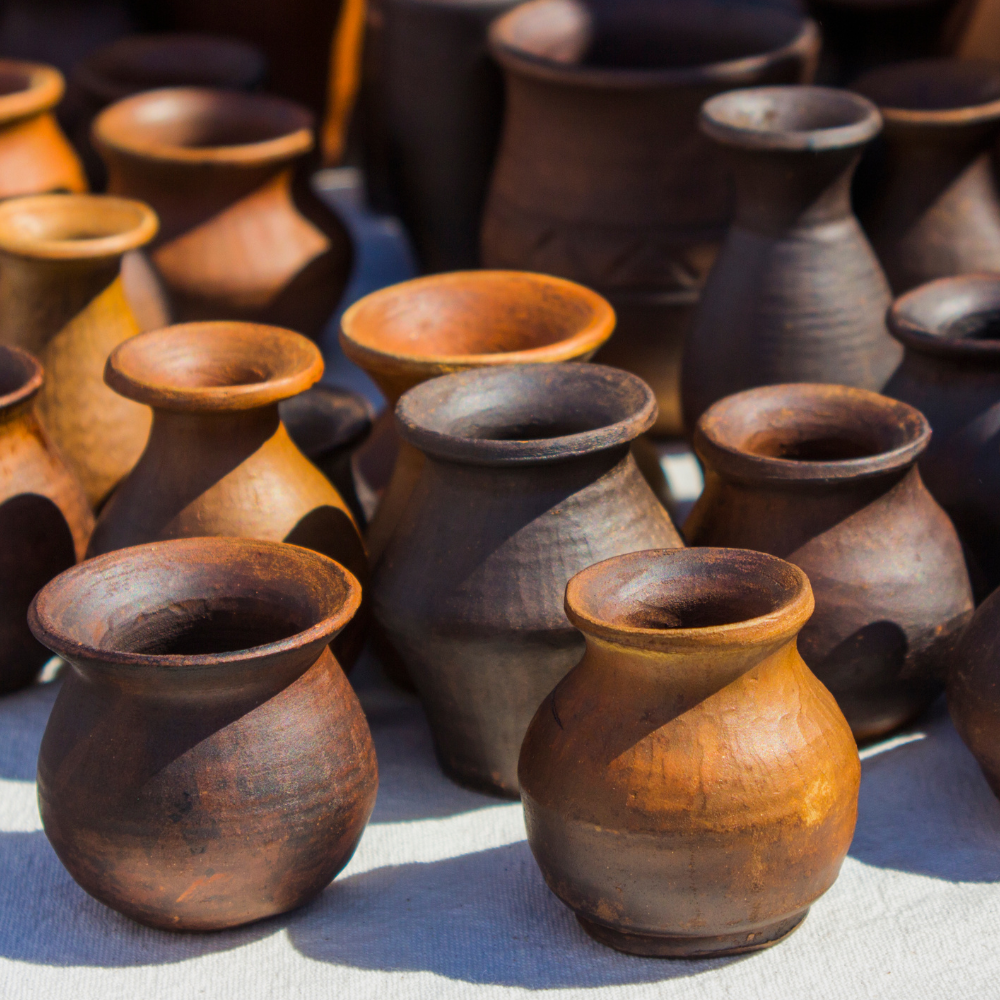
Preparing Clay for Hand Building
Before you can begin shaping your clay, it's crucial to prepare it properly.
This involves wedging the moist clay to ensure a uniform consistency and eliminates air bubbles that could cause issues during firing.
Whether you buy clay pre-prepared or mix your own, this step is essential for a successful handbuilding experience.
Properly prepared clay will have enough texture to maintain its shape but will also be malleable enough to manipulate with only your hands and some simple tools.
This balance is what allows for the main techniques of hand building – pinch, coil, and slab construction – to be executed effectively.
The Role of Plasticity in Hand Building
Plasticity refers to the clay's ability to be shaped and reshaped without cracking.
For hand building, a plastic clay is essential. It allows the potter to mold and adjust the clay with ease, using only their hands and basic tools.
The right level of plasticity also helps in joining pieces together, ensuring that seams are secure and the overall structure is stable.
When choosing your handbuilding clay, consider its plasticity.
A clay that's too dry or non-plastic will be difficult to work with and may not hold up during the shaping and drying processes.
Firing Temperatures and Clay Selection
The firing temperature is a critical factor in choosing the correct clay for hand building.
Different clay bodies are formulated to mature at specific temperature ranges.
Earthenware clays, being low fire clay, are perfect for those with access to an electric kiln, while stoneware and porcelain require a kiln that can reach higher temperatures.
Understanding the firing temperature of your clay is also important for ceramic glazecompatibility.
Glazes are formulated to mature at certain temperatures, and using the right combination of clay and glaze ensures a successful, vitrified, and often food-safe finish.
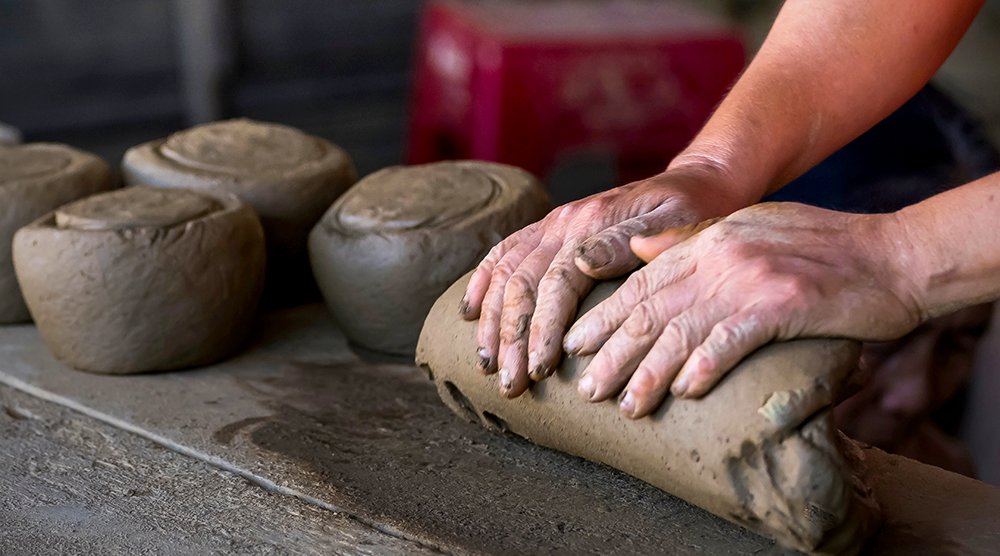

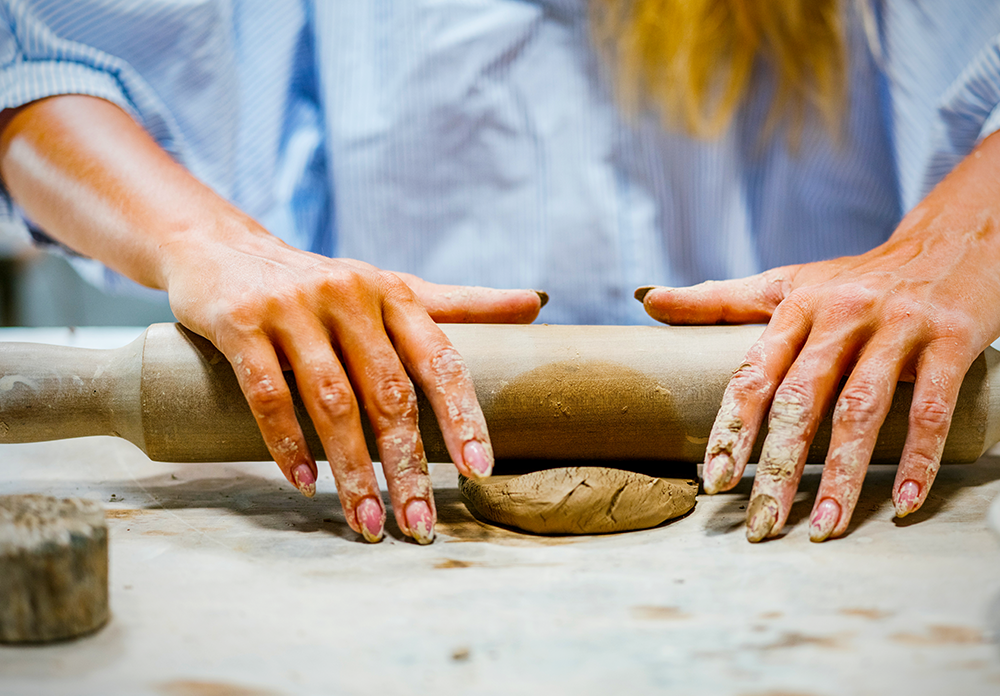
Choosing the Right Clay for Your Project
Selecting the best clay for your project involves considering the end use of the piece.
If you're creating pottery that will serve a functional purpose, like holding food or liquids, you'll want a clay that is food safe and absorbs minimal water after firing.
Stoneware and porcelain are excellent choices for these types of projects.
For decorative items or those not intended for food use, you might opt for low fire clay or other clays with interesting textures or colors.
Earthenware comes in a variety of hues, from reds and browns to lighter shades, allowing for creative expression and a range of glaze colors.
Natural Clay vs. Commercial Clay Bodies
Natural clay, sourced directly from the earth, can be a fascinating option for hand building. It connects you to the very roots of pottery making.
However, it's important to test natural clay for its firing temperature and workability, as it can vary greatly in its properties.
Commercial clay bodies, like Highwater Clays or B mix, are engineered for consistency and performance.
These clays have been tested and formulated to provide reliable results, making them a safe choice for both beginners and professionals on their pottery journey.
Color Considerations: White, Black, and Colored Clay
The color of the clay can greatly influence the aesthetic of your final piece.
White clay provides a neutral canvas for vibrant glaze colors, while black clay offers a dramatic backdrop that can make colors pop or provide a stark contrast when left unglazed.
Colored clay, achieved by adding pigments or using naturally colored clays, can add another dimension to your work.
Whether you're creating a piece with a natural, earthy feel or something more modern and colorful, the choice of clay color plays a significant role.
There are three primary types of clay used for hand building.
Each has its own characteristics that make it suitable for different kinds of clay projects.

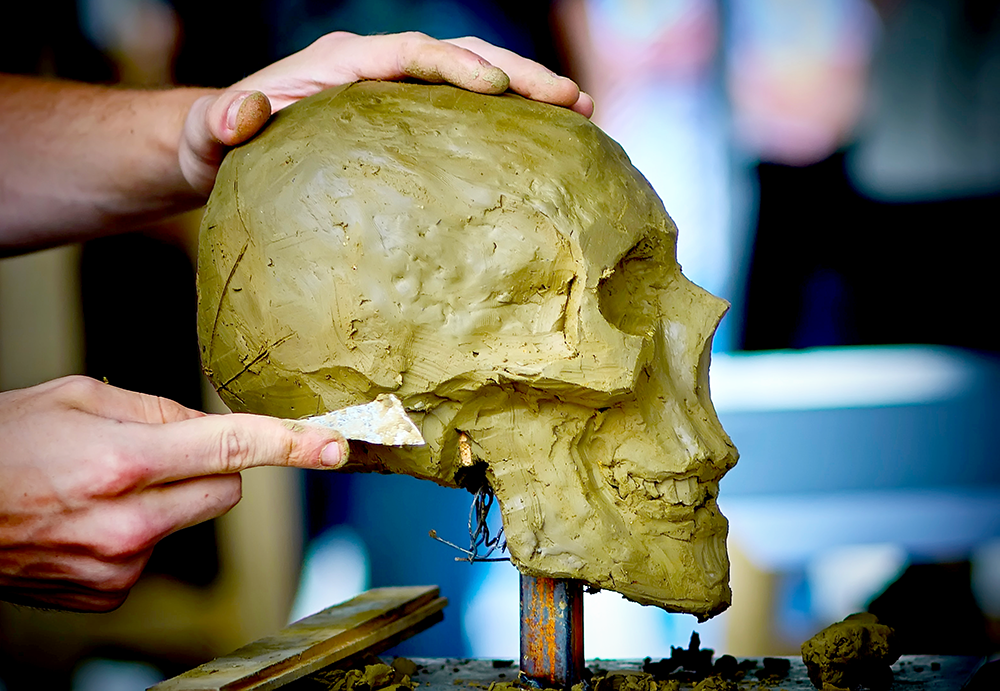

Earthenware Clay
Known for its low firing temperature, typically ranging from Cone 04 to Cone 3 (approximately 1,800°F–2,200°F), earthenware is the type of clay used in ancient and traditional pottery.
It is softer, more porous, and ends with a reddish-brown color, making it perfect for decorative items and lower-temperature arts and crafts.
This clay is often what's used for the iconic terracotta pots you find in homes and gardens.
Stoneware Clay
Stoneware is a mid-range clay that is sturdy, strong, and typically gray when unfired.
It can be fired at temperatures between Cone 5 and Cone 8 (approximately 2,100°F–2,400°F).
This firing quality results in the clay becoming dense and impermeable, suitable for functional and non-functional items alike.
Most modern pottery, including dinnerware and kitchenware, is made from stoneware.
Porcelain Clay
Porcelain holds the distinction of being the most delicate clay type.
It's incredibly white when fired and, due to its firing temperature (Cone 10 and above), it's the most durable and watertight.
Porcelain is often used for fine china, figurines, and sculptures.
Because of its fine nature, it's less forgiving than other clay types and not recommended for beginners to hand building.
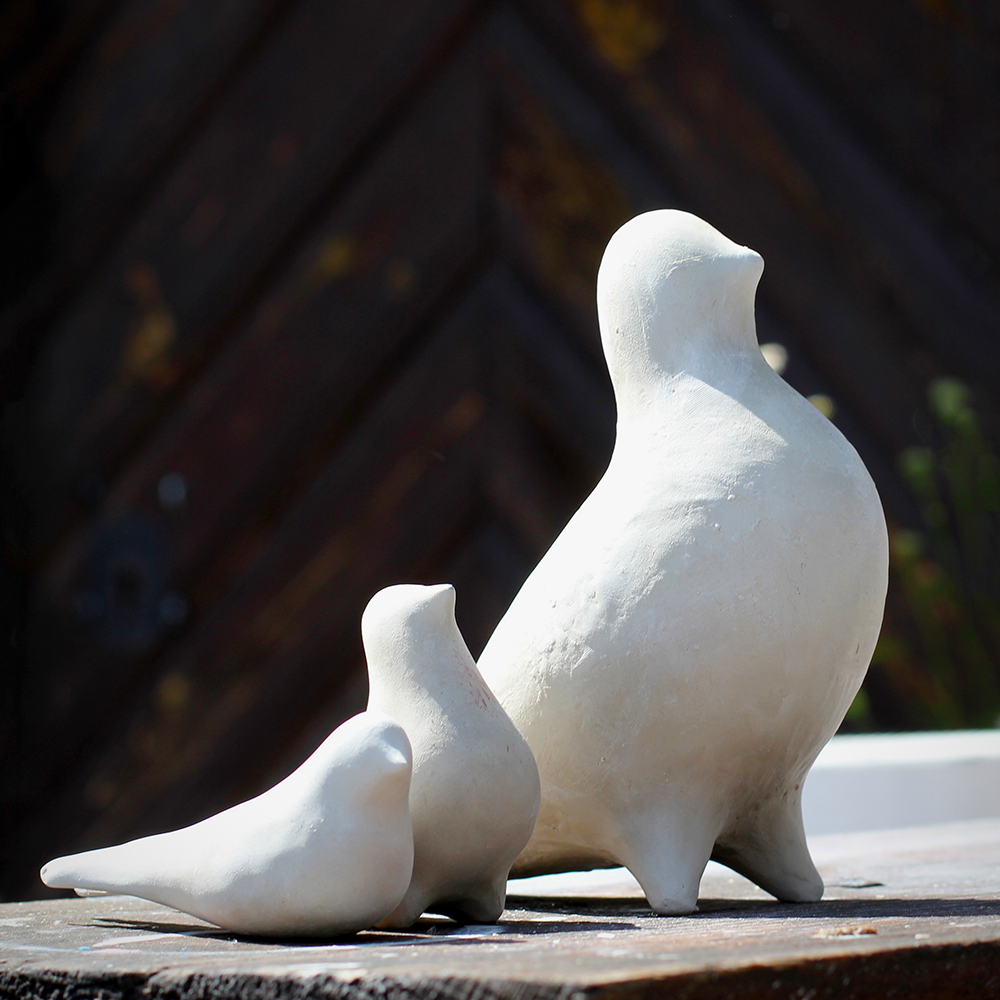


Characteristics and Properties of Clay Types
The choice of clay impacts your project more deeply than you might initially imagine.
Let's delve into the nitty-gritty of their characteristics:
Texture
Earthenware is usually gritty, providing a slightly more coarse texture.
Stoneware, though still textured, is fine enough to promote more delicate hand-building details.
Porcelain holds a smooth texture that is perfect for sharp lines and fine detail work.
Plasticity
Plasticity is the clay's ability to be easily molded and shaped.
Earthenware has a high plasticity, making it very malleable.
Stoneware balances workability and strength.
Porcelain has a higher plasticity than stoneware but can be less forgiving when not dried properly due to its high firing temperature.
Firing Temperatures
Earthenware has a low firing temperature, stoneware is mid-range, and porcelain requires the highest temperatures.
Your choice here dictates the kiln you'll need and the kind of glazes you can apply.
Color and Surface Finish
Earthenware and stoneware have natural hues, whereas porcelain is more vivid in its pure, unfired state.
Glazes will interact differently based on the clay body chosen, impacting the final color and surface texture.
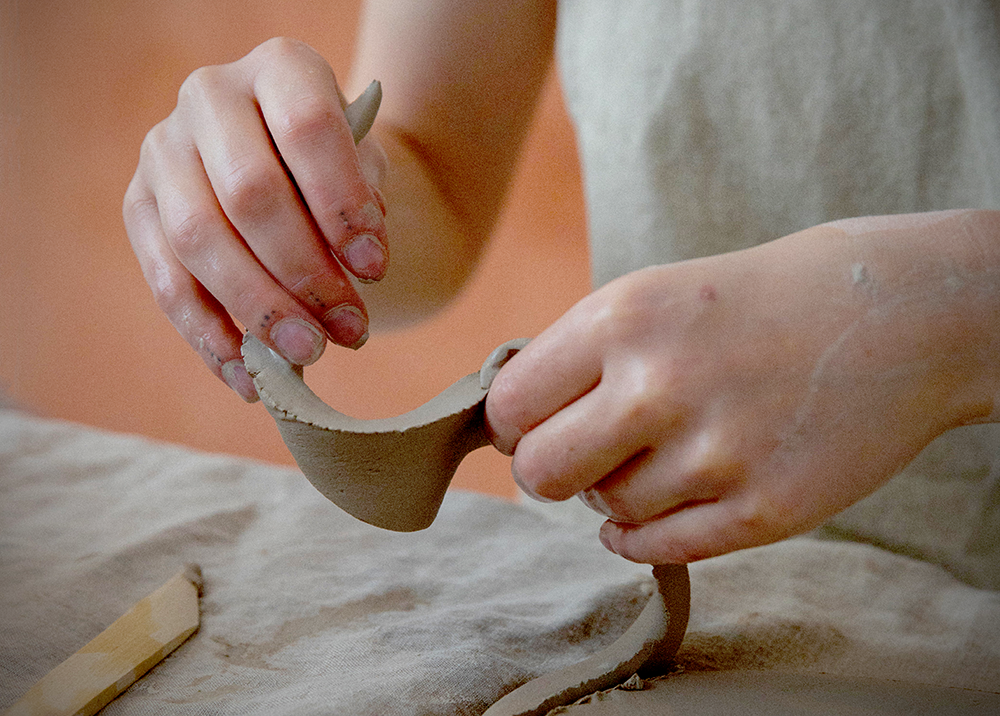
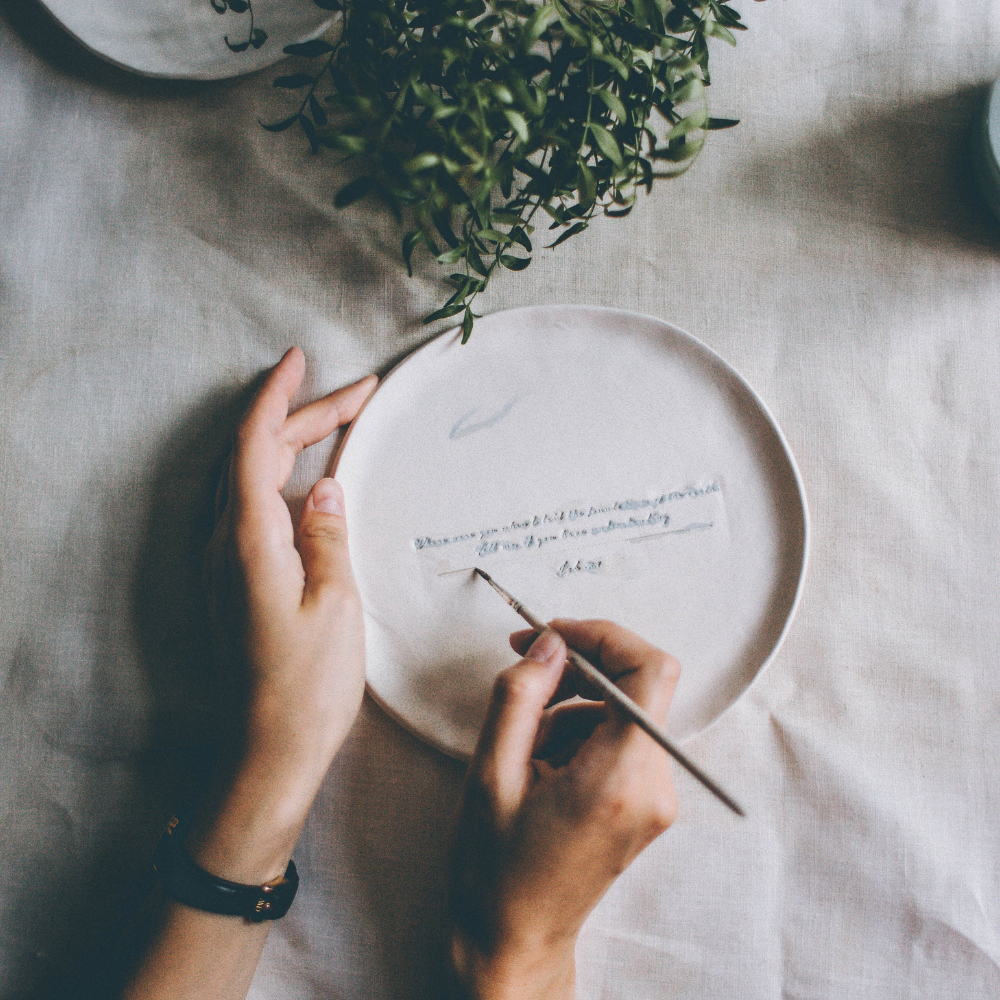

Hand Building Techniques and Suitable Clays
The three main techniques in hand building are pinch, coil, and slab construction.
Each method can be used with various clay types, but some are better suited than others.
For instance, the pinch pot method works well with plastic clay that's easy to manipulate, while slab pots require a firmer clay that can hold its shape.
Coiled pots are another popular handbuilding technique, and they benefit from a clay body that's smooth and avoids cracking as it dries.
A clay like B mix or speckled buff can be ideal for this method, offering a good balance of workability and structural integrity.
The Structural Integrity of Slab Pots
Slab building is a versatile hand-building pottery technique that involves rolling out clay to an even thickness – typically using a rolling pin – and then cutting and joining the slabs to form objects.
The structural integrity of slab pots is paramount, as uneven thickness can lead to cracks and warping during the drying and firing processes.
To ensure stability, potters must be meticulous in slab preparation, keeping an eye on the evenness of the clay. Using a textured rolling pin or cloth can help maintain uniformity.
Additionally, scoring and slipping the edges before joining is crucial for a strong bond between slabs.
When constructing slab pots, the choice of clay is also vital.
A clay body with good plasticity and enough grog can enhance the strength of the pot. It's important to consider the shrinkage rate of the clay, as different parts of the slab pot may shrink at different rates, leading to tension and potential cracking.
Potters often use templates to cut their slabs, ensuring that each piece fits together precisely.
The use of supports during drying, such as newspaper or foam, can help maintain the form of the pot and prevent slumping.
The Versatility of Earthenware Clay in Hand Building
Earthenware clay is a popular choice for hand building due to its workability and wide firing range.
Generally speaking, earthenware is ideal for creating everything from slab pots to intricate sculptures.
Its forgiving nature allows beginners to learn handbuilding techniques without the frustration that can come with more temperamental clay types.
Moreover, the rich, earthy tones of darker clays provide a natural aesthetic that can enhance the visual appeal of ceramic pieces.
Whether you're crafting a shallow dish or an ornate vase, earthenware clay remains a versatile and accessible option for artists at all levels.
In addition to its aesthetic qualities, earthenware clay is also practical for everyday use.
Ceramic pieces made from this type of clay are typically hand wash recommended, ensuring that the integrity of the artwork is maintained over time.
When preparing clay for hand building, it's essential to ensure that the wet clay is thoroughly wedged to remove air bubbles and achieve the right consistency.
This preparation step is crucial for earthenware, as it helps prevent cracks and warping during the firing process, allowing for durable and functional art pieces.
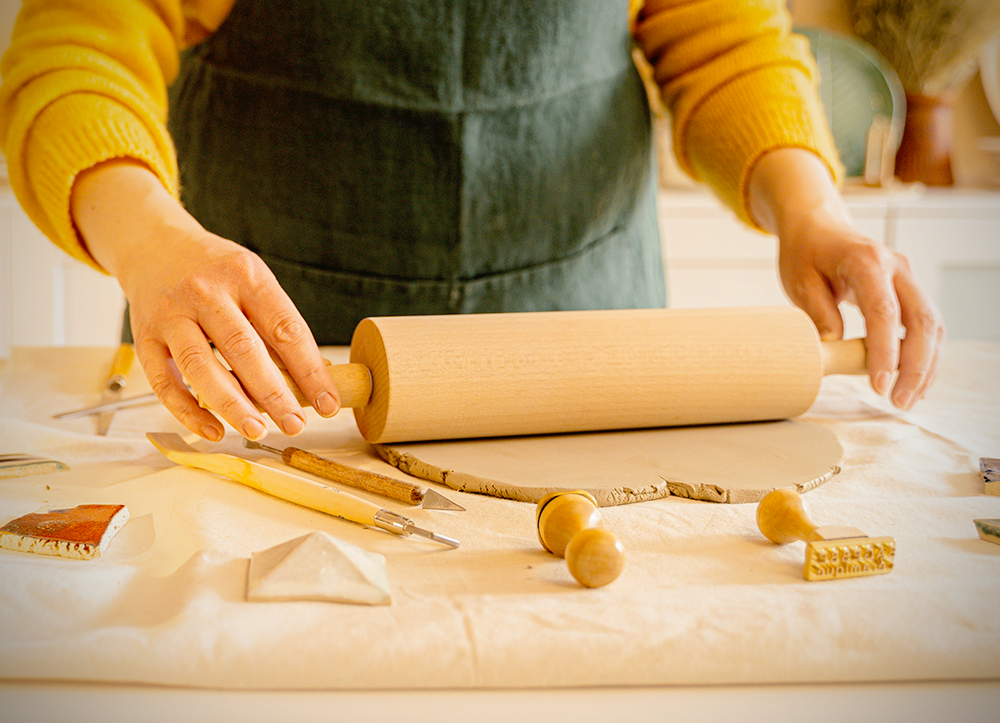
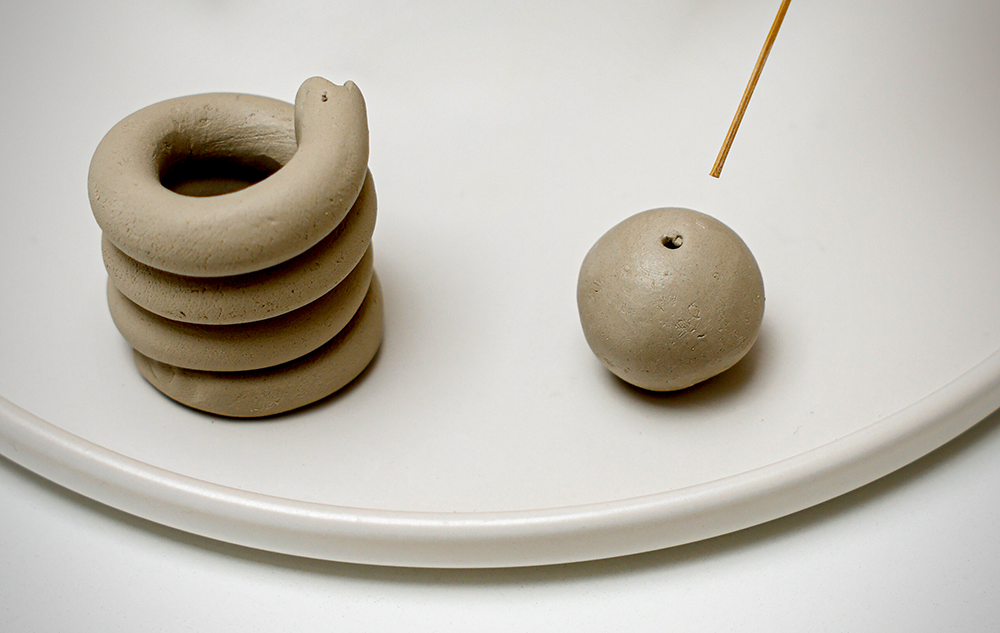
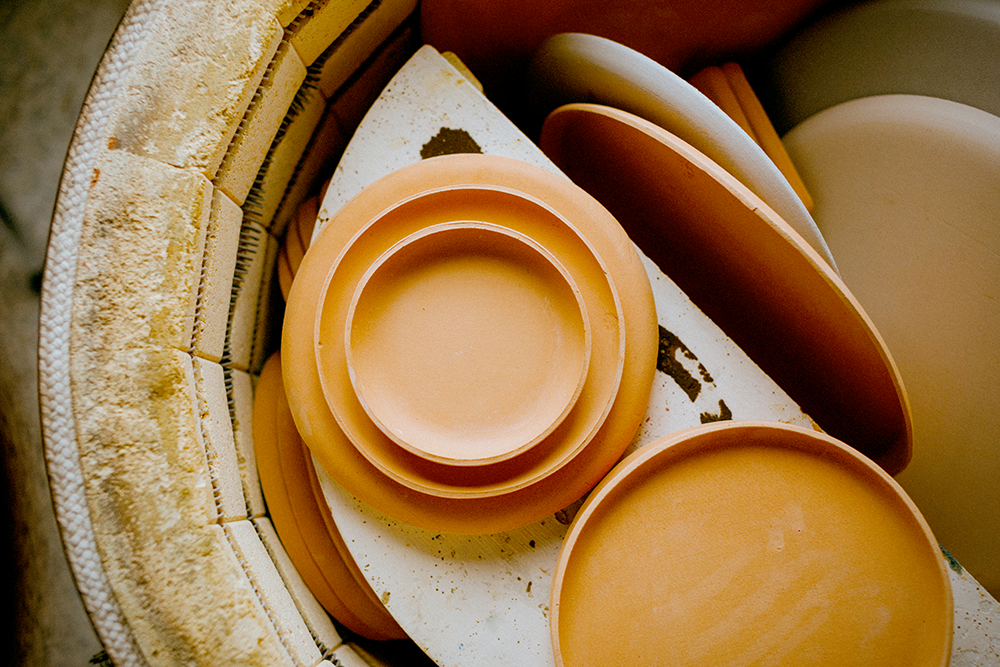
Making Pottery Without a Wheel: Embracing Hand Building
Hand building is a liberating form of pottery making, as it doesn't require a potter's wheel.
This opens up the craft to a wider audience, allowing for creativity to flourish with only your hands and a few pottery tools.
From coiled pots to slab-built forms, the possibilities are endless, and the right clay can make all the difference.
Whether you're creating a simple pinch pot or an intricate sculpture, hand building allows for a direct and intimate connection with the clay, making it a deeply personal and satisfying way to create pottery.
Integrating Hand Building and Wheel Throwing Techniques
While hand building and throwing pottery are often seen as distinct disciplines, they can be combined to create unique ceramic pieces.
For instance, a pottery wheel can be used to refine and shape the base of a piece that was initially hand-built using the slab or coil method.
This hybrid approach allows for a broader range of project ideas, enabling artists to experiment with form and structure.
Innovative potters often combine slab building with wheel-thrown elements to create unique pieces that showcase the best of both techniques.
This approach allows for a broader range of shapes and designs, as the wheel provides symmetrical and rounded forms that can be difficult to achieve with slabs alone.
The key to successfully integrating slab building with wheel-thrown elements is to pay close attention to the moisture content of both components.
They must be at similar stages of dryness to ensure a strong join.
If the wheel-thrown base is too dry, it may not bond well with the softer slab, leading to cracks.
Conversely, if the slab is too dry, it may not conform to the curvature of the wheel-thrown base.
This technique opens up a world of creative possibilities, allowing potters to push the boundaries of traditional pottery forms.
Clay type plays a significant role in this process; a clay with good plasticity is essential to withstand the alterations from hand building to wheel throwing without cracking.
Artists who prepare clay for dual techniques must consider the moisture content of the wet clay.
It should be consistent to avoid issues when transitioning from hand building to pottery throwing.
Sand can be added to the clay body to enhance its strength and workability, making it more suitable for larger or more complex pieces.
Learning to combine these techniques can open up a world of possibilities for potters, allowing them to push the boundaries of their craft and create works that are both beautiful and technically challenging.
The Best Clay for Beginners
For those new to hand building, the best clay is one that is forgiving and easy to work with.
Low fire clays like earthenware offer a good starting point, as they tend to be more plastic and easier to shape.
They also don't require as high a firing temperature, making them more accessible for those without a high-capacity kiln.
As you gain experience, you may want to explore other clays, such as stoneware or porcelain, which offer different qualities and challenges.
The key is to start with a clay that allows you to learn and experiment without too much frustration.
Hand Building Large Pieces: What to Consider
When hand building larger pieces, the choice of clay becomes even more important.
A clay body with good structural integrity and the ability to support its own weight is essential.
Stoneware and some of the firmer earthenware clays are often recommended for larger ceramics projects.
Additionally, you'll need to consider the drying and firing process for big pieces.
They require slow, even drying to prevent warping or cracking, and a kiln large enough to accommodate them.
Planning and patience are key when working on a larger scale.

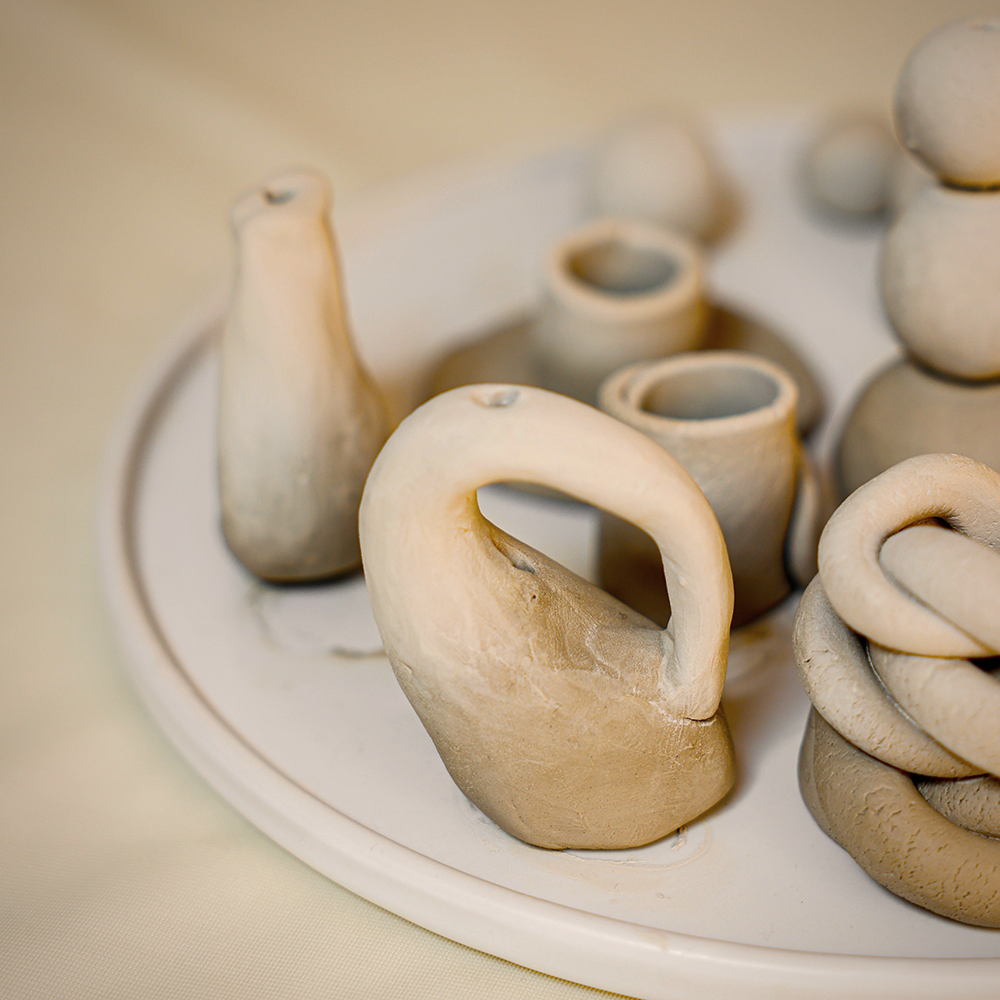

The Importance of Choosing the Right Clay
Choosing the right clay can make all the difference in your hand building journey.
Consider the characteristics and properties of each type, along with their suitability for different techniques and project sizes.
As with all creative pursuits, the journey to finding the right clay for your hand building projects is one of exploration and experimentation.
Don't be afraid to experiment and try new things – sometimes the most unexpected combinations can lead to stunning results.
Hand building with clay is a versatile and rewarding craft that allows for a wide range of creative expression; the type of clay you choose plays a pivotal role in the success of your projects.
Whether you opt for low fire clay like earthenware for its ease of use, or high fire clay like stoneware and porcelain for its durability and finish, understanding the properties of different clay bodies is essential.
Preparing your clay properly and selecting the right type for your project's needs will ensure that your handbuilt pottery is both beautiful and functional.
With patience and practice, you'll develop a deep understanding of the different clay types and techniques, allowing you to create unique and stunning pieces that showcase your creativity and skill.
As you continue to explore the vast world of pottery, remember that the journey to mastery is as alluring as the final, fired piece.
With the right clay by your side, there's no limit to what you can create with your hands!

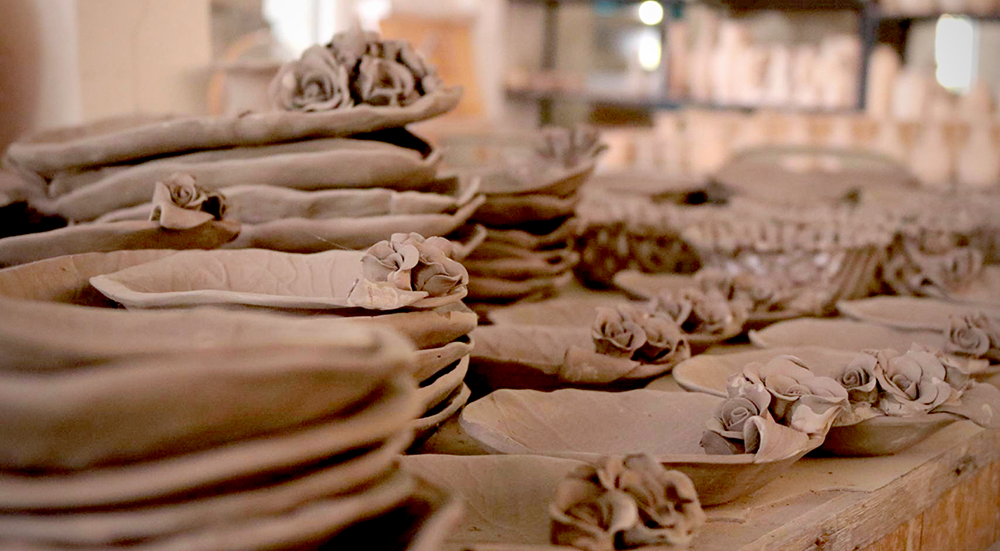
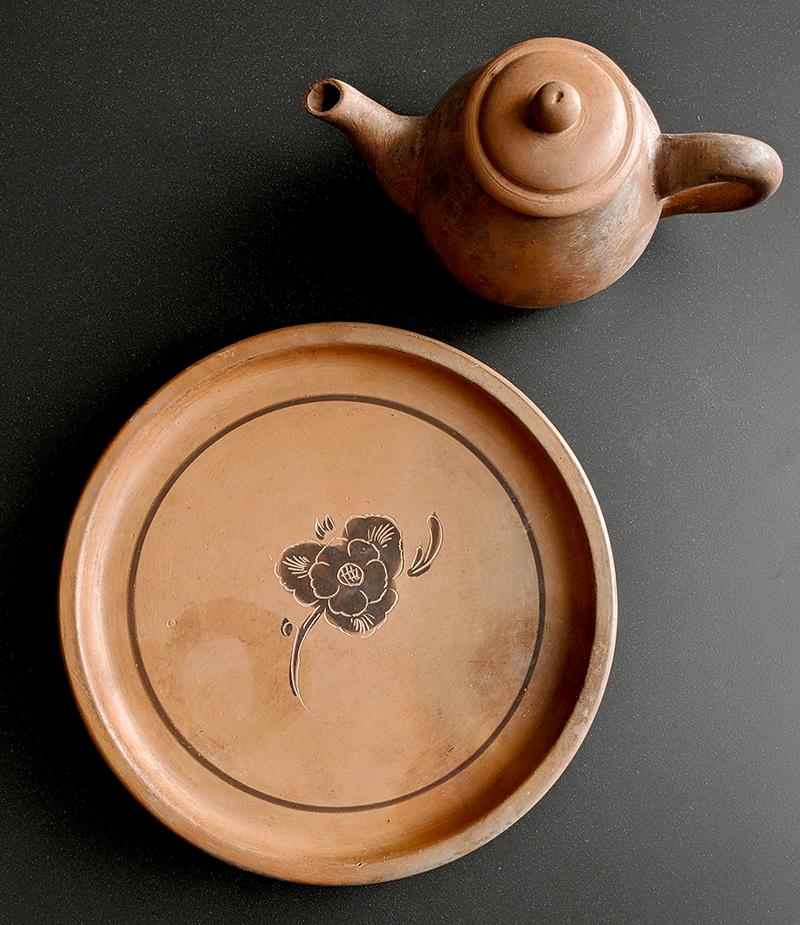
Eager to learn more about ceramics basics? Check out Clay Corner Studio's video!
Want even more content about creativity and art?
Be sure to check out all of our creative chronicles!
Love pottery and working with clay?
Check out some of our other ceramic articles:

